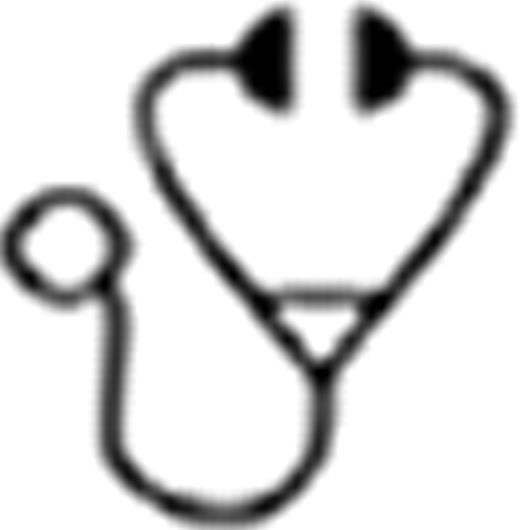Abstract
In acute promyelocytic leukemia (APL) the translocation t(15;17) leading to the fusion transcript PML-RARα is necessary but not sufficient to generate leukemia. However, additional molecular alterations leading to overt APL remain elusive. The introduction of all-trans-retinoic acid (ATRA) and arsenic trioxide (ATO) in the treatment of APL has resulted in long term survival in about 75% of patients with de novo APL, but still, relapse occurs in about 15% of cases. However, markers identifying patients at high risk for relapse are not well established yet. The ets related gene (ERG) is a downstream effector of mitogenic signaling transduction. It is involved in key steps regulating cell proliferation, differentiation and apoptosis. High expression of ERG has been shown to be associated with inferior overall survival (OS) and disease free survival (DFS) in different types of hematologic malignancies such as acute myeloid leukemia and T cell acute lymphoblastic leukemia. The aim of this study was to evaluate the role of ERG expression in APL development and to elucidate its value as a prognostic molecular marker in APL patients.
Bone marrow (BM) mononuclear cells were obtained from 86 APL patients (50 female, 36 male) after informed consent. Median age of patients was 47 years with a range from 19 to 82 years. All patients were diagnosed and treated in the German AML Cooperative Group (AMLCG) study. The treatment consisted of simultaneous ATRA and double induction (TAD/HAM) chemotherapy including high-dose ara-C, one cycle of consolidation chemotherapy (TAD) and 3 years monthly maintenance chemotherapy. BM cells were analyzed in triplicates by multiplex reverse transcriptase quantitative real-time PCR (qRT-PCR) on a LightCycler 480 (Roche, Mannheim, Germany). Glucose-6-phosphat isomerase (GPI) served as a housekeeping gene. The comparative cycle threshold (CT) method was used to determine relative ERG expression levels and the cycle number difference (ΔCT=GPI-ERG) was calculated using the mean of ΔCT from the replicates, that is μ(ΔCT) and expressed as 2μ(ΔCT). cDNA from KG1a cells served as a calibrator in each run. Statistical analyses were performed using SAS version 9.2. ERG expression groups were defined as follows: ERG expression higher than the 75th percentile (ERGhigh) and ERG expression lower than the 75th percentile (ERGlow). Time to complete remission (CR), disease free survival (DFS) and overall survival (OS) were calculated using the Kaplan-Meier method and a log-rank test was used to compare differences between the curves. Significance was set at p < 0.05.
For patients who achieved CR high ERG expression was significantly associated with an inferior OS as compared to lower ERG expression (49% vs. 80% at 10 years, p=0.02). The effect on DFS was even stronger: only 28% of patients in the ERGhigh group survived without relapse after a follow-up of 10 years as compared to 75% of patients in the ERGlow group (p=0.001). However, the expression of ERG did not have an influence on whether patients achieved CR, neither on how fast they achieved CR.
In univariate analysis high ERG expression was significantly associated with inferior outcome concerning overall survival and disease free survival. Therefore, ERG expression might serve as a molecular marker for risk stratification. It might identify patients who could benefit from intensified treatment regimens such as maintenance therapy or allogeneic stem cell transplantation. However, multivariate analyses and validation of these data in an independent patient cohort is warranted.
No relevant conflicts of interest to declare.

This icon denotes a clinically relevant abstract
Author notes
Asterisk with author names denotes non-ASH members.

This feature is available to Subscribers Only
Sign In or Create an Account Close Modal